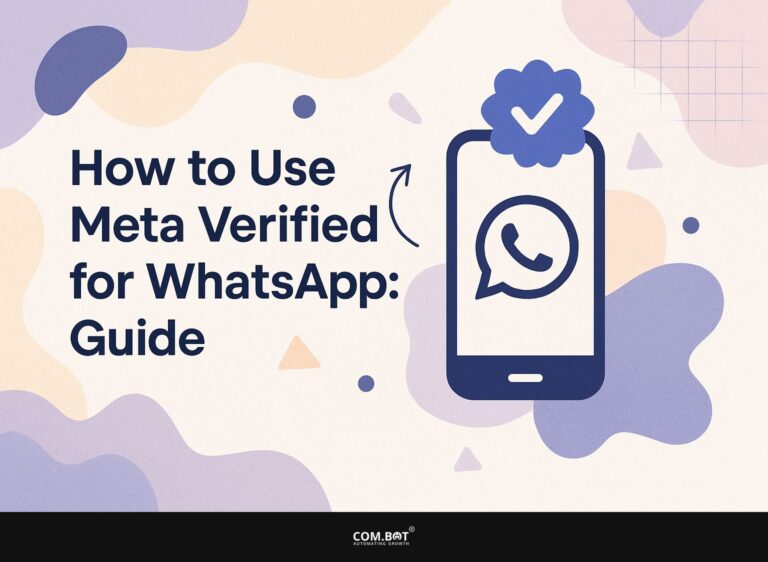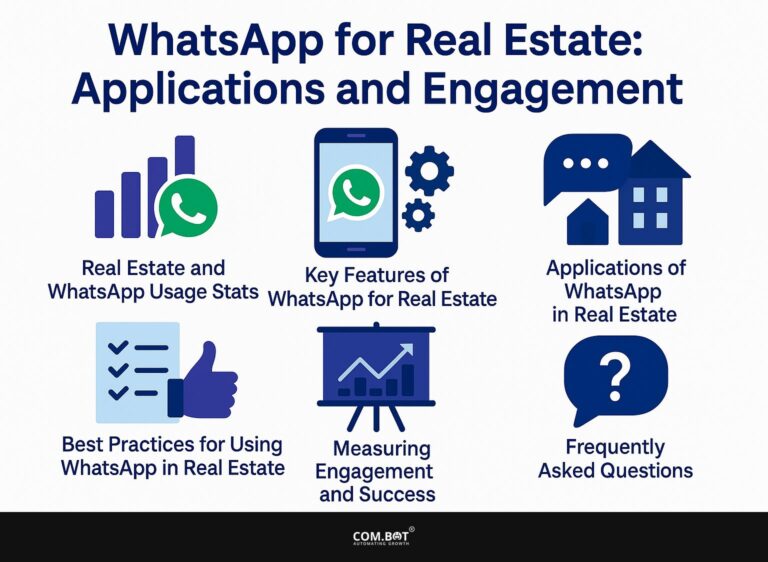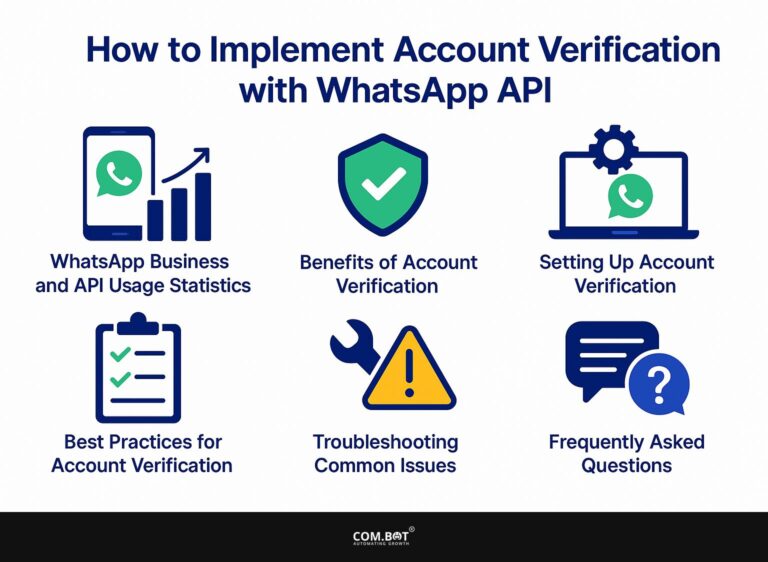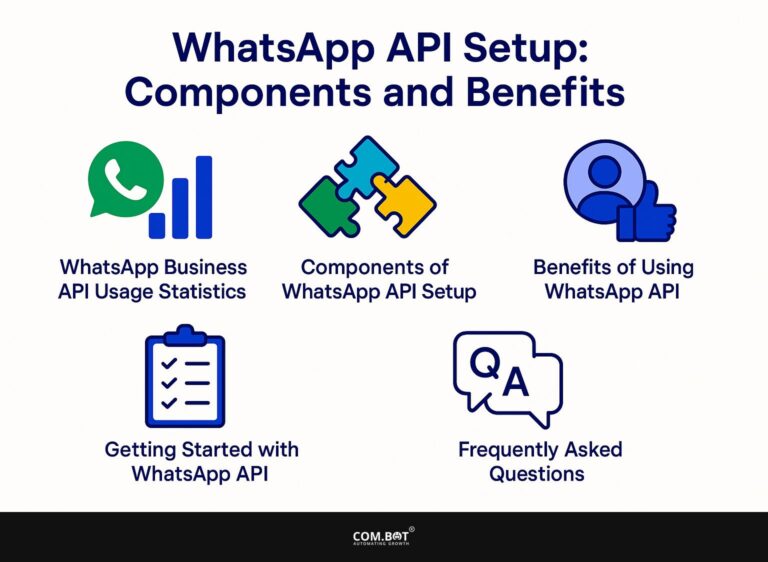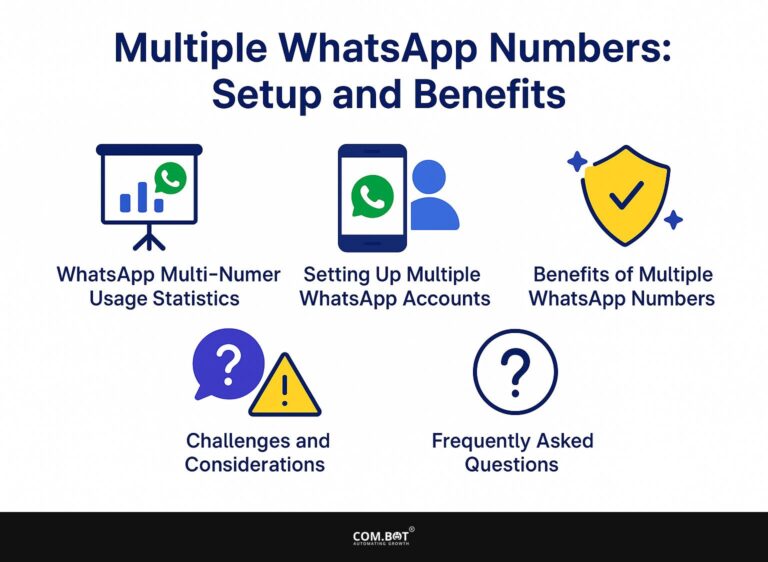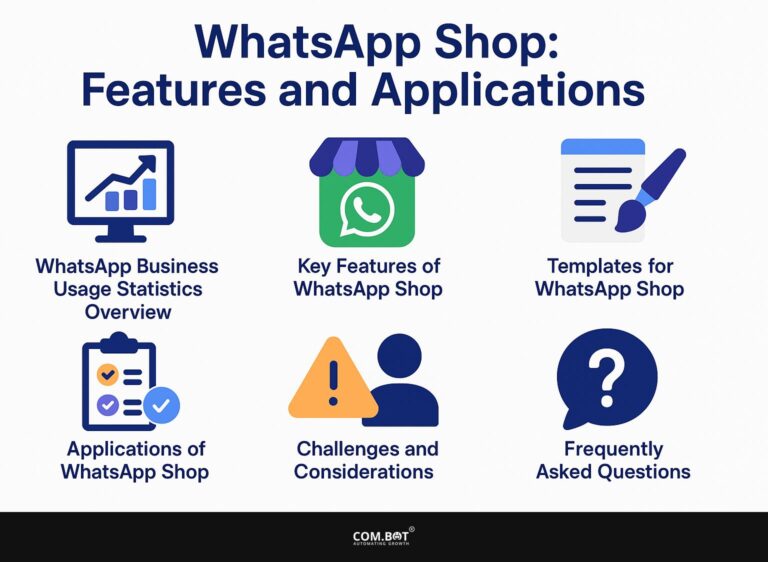Large WhatsApp Campaigns: Examples and Impact
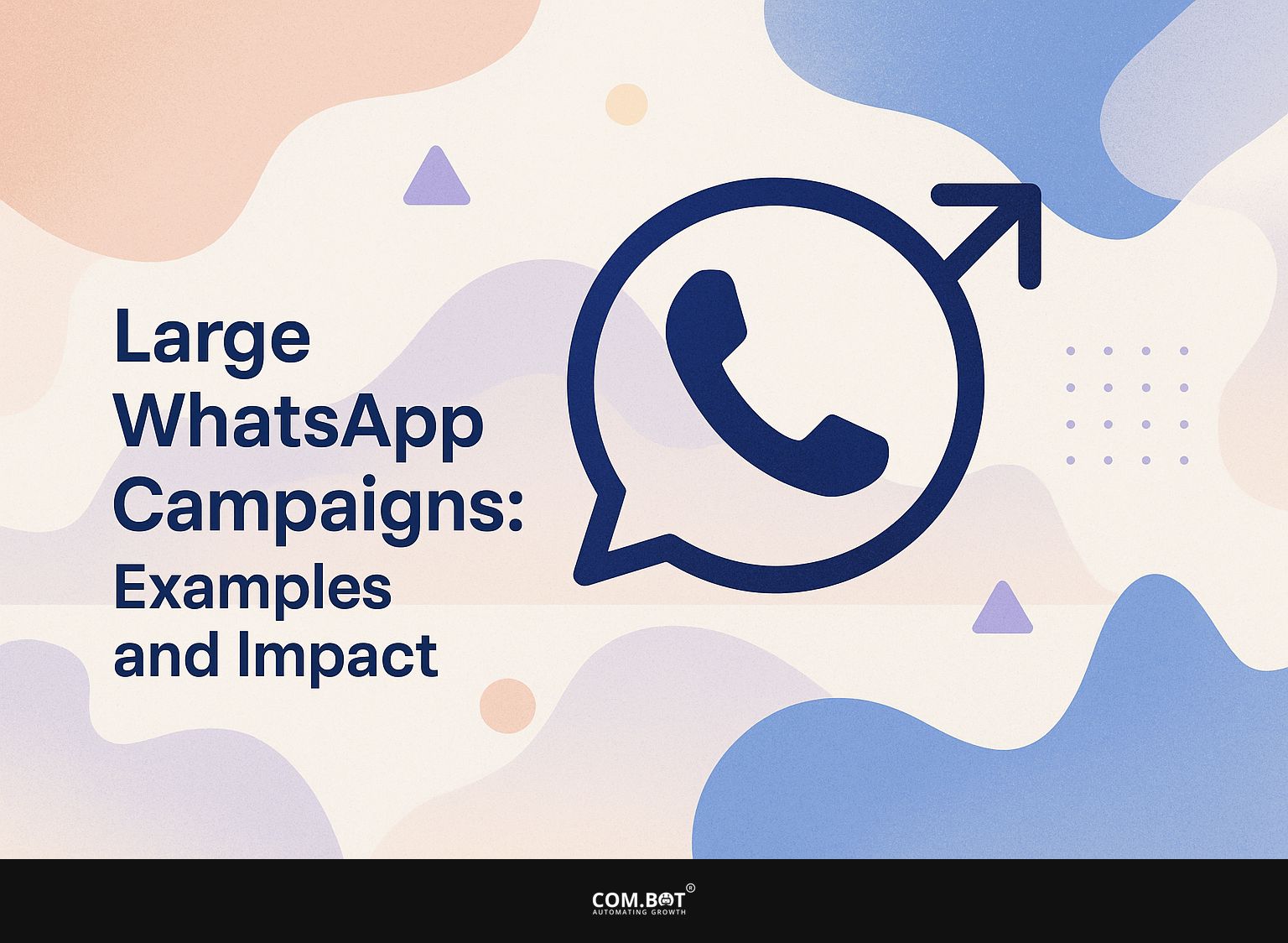
In the fast-changing area of WhatsApp marketing, big campaigns can greatly change how businesses communicate with customers. Brands like Accor have effectively used this platform to talk directly with customers, offering special deals that connect well with their audience.
In this article, we’ll look at successful WhatsApp marketing campaigns and discuss ways to improve your brand’s engagement and success. Learn how to use this strong tool to build real connections and see clear outcomes.
Key Takeaways:
- Large WhatsApp campaigns can be highly effective marketing tools for engaging customers, promoting products, and providing real-time customer support.
- Successful WhatsApp campaigns use strategies like focusing on certain groups and making interesting content to have a strong effect.
- To measure the impact of a WhatsApp campaign, businesses should track key performance indicators and analyze customer feedback. They should also consider possible challenges and upcoming trends on the platform.
- 1 Case Studies of Successful WhatsApp Campaigns
- 2 Strategies for Effective WhatsApp Campaigns
- 3 Measuring the Impact of WhatsApp Campaigns
- 4 WhatsApp Campaign Statistics
- 5 WhatsApp Campaign Statistics
- 6 Challenges and Limitations
- 7 Future Trends in WhatsApp Marketing
- 8 Frequently Asked Questions
- 8.1 1. What are large WhatsApp campaigns?
- 8.2 2. Can you provide some examples of successful large WhatsApp campaigns?
- 8.3 3. What are the key benefits of using WhatsApp for large campaigns?
- 8.4 4. How can large WhatsApp campaigns impact businesses?
- 8.5 5. Are there any limitations of using WhatsApp for large campaigns?
- 8.6 6. How can businesses measure the success of their large WhatsApp campaigns?
1. Overview of WhatsApp as a Marketing Tool
WhatsApp has more than 2 billion users worldwide, which makes it a great messaging app for businesses looking to improve customer communication. With features like multimedia sharing, businesses can easily send images, videos, and documents, creating stronger connections with customers.
You can arrange for appointment alerts to be sent automatically, helping your clients recall their scheduled times. Companies can change their messages according to how users behave.
Studies show that messages sent via WhatsApp have an impressive 98% open rate, significantly outpacing traditional email marketing. This mix of strong involvement and useful tools helps businesses to connect with customers and increase sales effectively. For those interested in the broader implications of this trend, The WhatsApp Phenomenon: Rise and Business Implications offers a comprehensive analysis.
2. Importance of Large Campaigns
Using WhatsApp for big campaigns can greatly increase brand loyalty and customer involvement by offering special deals and interactive shopping activities.
Brands like Heineken have successfully used WhatsApp for big campaigns, creating interest with interactive quizzes and short-term deals. For example, Heineken’s ‘Open Your World’ campaign let people access exclusive content and activities by sharing their stories.
To get similar results, businesses can use tactics like direct communication to individuals, special notifications, and systems to gather customer opinions. Tools like WhatsApp Business API (our guide on using message templates in WhatsApp API explores its benefits in detail) can facilitate automation while ensuring responsive interactions.
By focusing on immediate interaction, brands can build stronger relationships and increase customer loyalty with effective WhatsApp campaigns.
Case Studies of Successful WhatsApp Campaigns
Looking at successful WhatsApp campaigns shows how companies have connected with customers and increased sales. For an extensive analysis of this trend, our comprehensive study on WhatsApp applications across various industries reveals the wide-ranging benefits that have driven these successes.
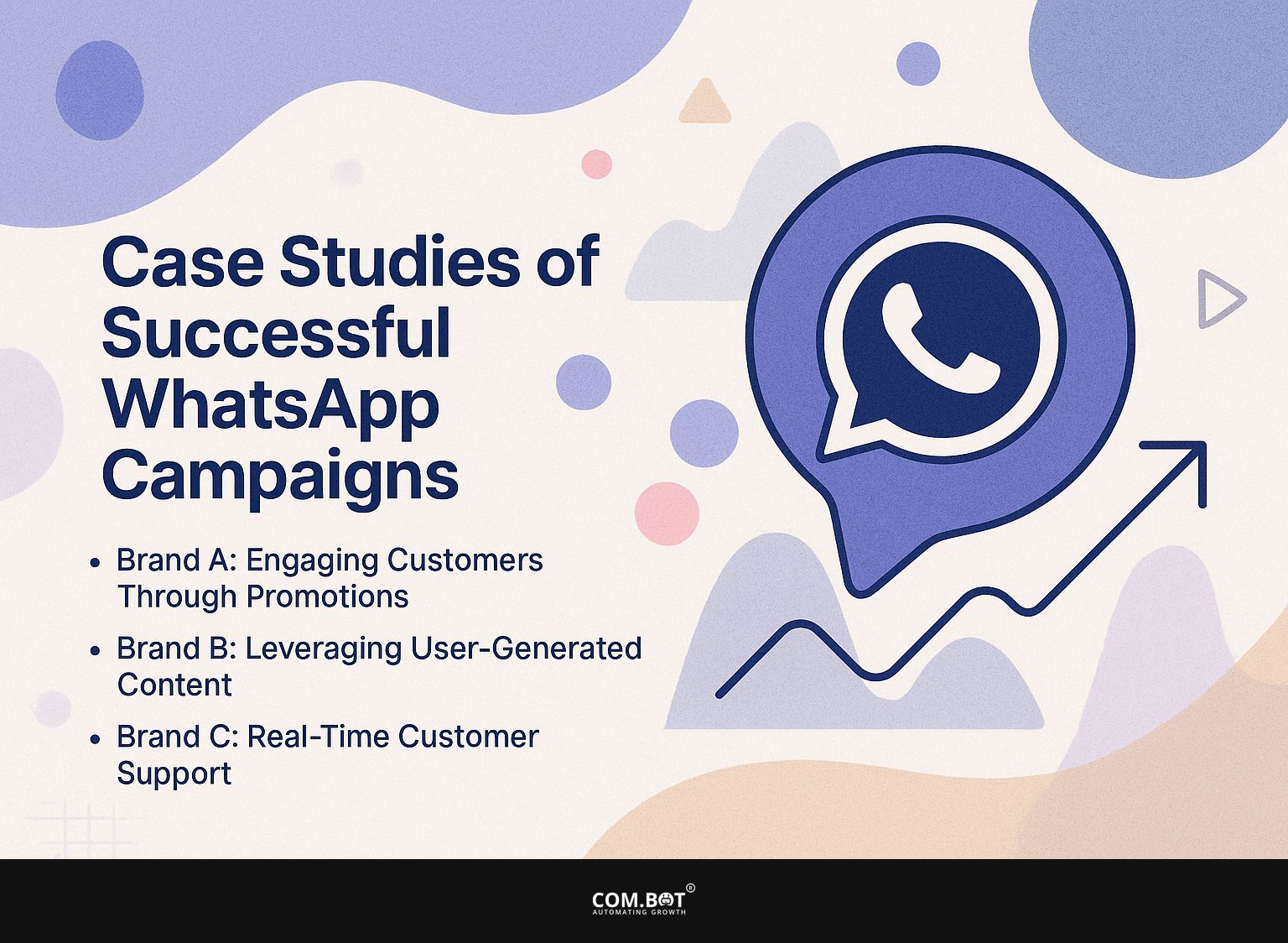
1. Brand A: Engaging Customers Through Promotions
Brand A used WhatsApp to send special offers, leading to a 30% rise in the number of customers who stayed. They created customized messages for different groups of customers, resulting in a 15% increase in interaction.
For instance, using tools like WhatsApp Business API, they segmented their audience based on purchase history. This let them send custom offers, like 20% off on items users often purchase, straight to their phones.
They measured how often messages were opened and how many led to conversions, showing that 70% of people engaged with the content, leading to increased spending on direct messaging campaigns.
2. Brand B: Using Content Created by Users
Brand B effectively engaged its audience by encouraging user-generated content through WhatsApp, increasing brand visibility significantly.
One successful campaign invited customers to share their product experiences via WhatsApp videos. Participants were incentivized with a chance to be featured in upcoming advertisements, incentivizing more shares.
Brand B also ran contests where users submitted creative photos of their products, showcasing them with unique hashtags.
By using WhatsApp’s group features, they built a community where users could share feedback and photos instantly, increasing brand loyalty and involvement. This method produced genuine content and made customers feel included.
3. Brand C: Real-Time Customer Support
Brand C started using WhatsApp for immediate customer support, cutting response times by half and improving customer satisfaction.
By using the WhatsApp Business API, Brand C made it easier to talk with customers, allowing for quick responses and better management of questions. They improved the customer experience by using automatic greetings and quick replies.
Before the implementation, average response times were around four hours, but post-implementation, this dropped to just two hours. Survey results indicated a 30% increase in customer satisfaction ratings, reflecting the effectiveness of the new platform.
Customer retention improved, as 70% of users reported a preference for WhatsApp interactions over traditional email support.
Strategies for Effective WhatsApp Campaigns
Creating successful WhatsApp campaigns requires knowing your target audience well and creating engaging content. For instance, exploring WhatsApp’s applications across various industries can offer valuable insights into different strategies and benefits tailored to specific audiences.

1. Target Audience Identification
Knowing who your target customers are is important because WhatsApp campaigns directed at specific groups can increase engagement rates by up to 45%.
- To effectively identify your audience, start with demographic analysis using tools like Google Analytics to track age, gender, and location.
- Next, use platforms like SurveyMonkey to gather more detailed information about what customers like and how they act.
- Analyze purchasing patterns within your existing customer base to identify trends.
- Segment your audience into distinct groups based on common characteristics and tailor your WhatsApp messaging accordingly.
This focused method increases engagement and builds stronger connections with your audience.
2. Content Creation and Messaging
To communicate well on WhatsApp, mix personal messages with interesting content. Use tools like Callbell to send messages automatically. To improve your WhatsApp marketing, focus on using multimedia and connecting with customers.
Use images, short videos, or voice recordings to get noticed and communicate your brand’s message clearly. For instance, a clothing store can share a short video showcasing new arrivals.
Make your messages more personal by using customers’ names and adjusting content according to past conversations. Programs like Twilio can help handle communication well, allowing each message to feel personal and simplifying your marketing tasks.
Measuring the Impact of WhatsApp Campaigns
To measure how well WhatsApp campaigns are working, businesses should set clear goals and regularly review customer feedback.
WhatsApp Campaign Statistics
WhatsApp Campaign Statistics
Key Statistics: Global Usage
Key Statistics: Revenue
Key Statistics: Business Impact
Key Statistics: Geographical Distribution (2024)
The WhatsApp Campaign Statistics give a detailed overview of WhatsApp’s worldwide presence, how users interact with it, and how it affects businesses. With a strong user base, the platform plays an important role in online communication and marketing plans globally.
Global Usage figures demonstrate WhatsApp’s expansive reach, with 2.5 billion users in 2024, expected to grow to 2.78 billion by 2025, and a projected 3.14 billion users. WhatsApp is becoming more important for communication because it is simple and easy to use. Supporting 100 billion daily messages across 180 countries in 60 languages, WhatsApp is a dominant messaging platform catering to diverse linguistic and geographical populations.
Revenue data highlights WhatsApp’s financial success, with $1.785 billion in 2024 revenue, primarily driven by $1.7 billion from WhatsApp for Business. This indicates the platform’s effectiveness as a business tool, facilitating customer interactions and engagement.
Business Impact metrics reveal WhatsApp’s growing influence on enterprises, with 50 million businesses using the platform by 2025. A significant 33% improvement in customer engagement and a 90% increase in conversion rates show how the platform can improve customer connections and increase sales. Furthermore, 54% of users opting in for customer support illustrate its value in customer service operations.
Geographical Distribution (2024) shows WhatsApp’s widespread adoption, with India leading at 500 million users, followed by Brazil ( 148 million ) and Indonesia ( 112 million ). The United States ( 98 million ), Philippines ( 88 million ), and Mexico ( 77 million ) also represent significant user bases, highlighting WhatsApp’s global penetration.
Overall, the WhatsApp Campaign Statistics highlight the platform’s key role in worldwide communication and business interactions. Its broad use and reliable features make it an important tool for connecting with users and expanding businesses in a tech-driven world.
1. Key Performance Indicators (KPIs)
Essential KPIs for WhatsApp marketing include open rates, response times, and engagement metrics, which collectively assess campaign success. To track these KPIs well, use tools such as WhatsApp Business Analytics. Begin by setting clear goals: for instance, aim for a 90% open rate on promotional messages.
Analyze response times to identify peak engagement hours-adjust your messaging schedule accordingly. Track engagement metrics, such as click-through rates on shared links, to gauge interest.
Regularly check the analytics to improve strategies; for example, if you see low engagement, try using different message formats, such as videos or images, to make them more attractive. Your goal should be continuous improvement based on real-time data.
2. Analyzing Customer Feedback
Regularly reviewing customer feedback helps brands improve their WhatsApp approaches and increase customer satisfaction. To effectively gather and analyze feedback on WhatsApp, brands can use interactive polls and direct messaging.
For example, sending a quick poll after a purchase can reveal customer satisfaction levels and areas for improvement. Tools like SurveyMonkey or Google Forms can be linked within messages for more detailed surveys.
One brand noticed a 30% increase in customer satisfaction after addressing feedback about delayed responses by implementing a chatbot to handle common inquiries. This method improved communication and built loyalty, showing the importance of paying attention to what customers say.
Challenges and Limitations
Although WhatsApp marketing has benefits, it also deals with issues like privacy worries and the chance of overwhelming users with too many messages. For businesses looking to manage these challenges effectively, exploring WhatsApp CRM integration tools can be a strategic move.
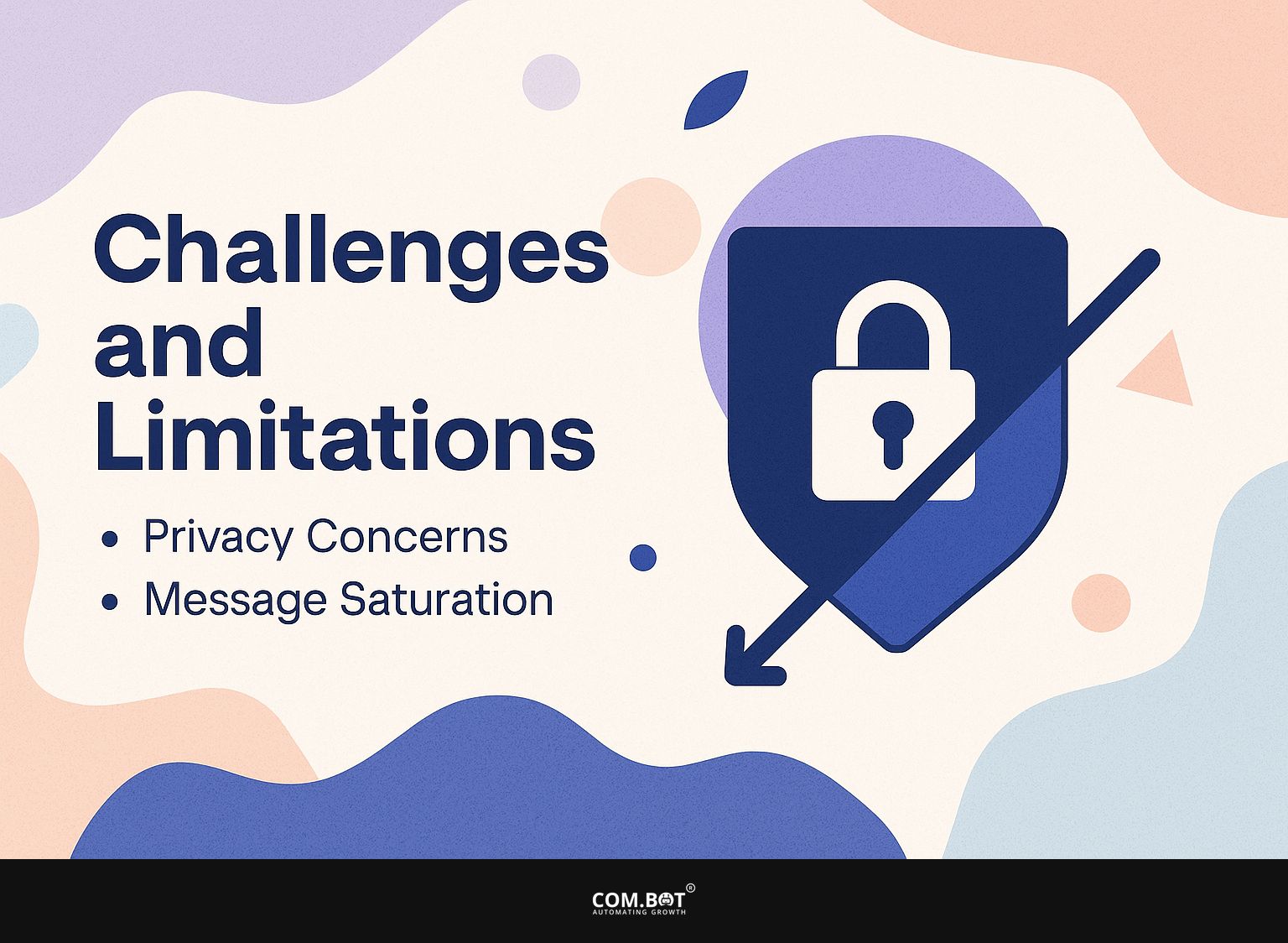
1. Privacy Concerns
Privacy concerns about data handling and user consent are important issues that brands must manage when running WhatsApp campaigns.
To earn trust, brands should take concrete actions.
- Make sure to clearly explain to users how their data will be collected and used.
- Obtain explicit consent before sending messages, utilizing opt-in methods such as double opt-in for added security.
- Adhere to GDPR regulations by providing users with easy options to withdraw consent or access their data.
- Invest in secure messaging tools that offer end-to-end encryption, safeguarding user privacy and enhancing brand credibility.
2. Message Saturation
When companies send too many messages, people lose interest. It’s important for companies to find the right amount of communication.
To keep content fresh and relevant, brands should consider segmenting their audience and personalizing messaging based on interests.
Tools like Mailchimp let you plan campaigns by looking at user actions, choosing send times for better interaction. Instead of bombarding followers with blog posts daily, aim for a cadence of 2-3 high-quality updates weekly.
Stories or content created by users can make things more interesting and provide a variety of experiences that connect with different parts of your audience.
Future Trends in WhatsApp Marketing
New developments in messaging technology and connections with other platforms will influence how WhatsApp marketing evolves, allowing it to do more.
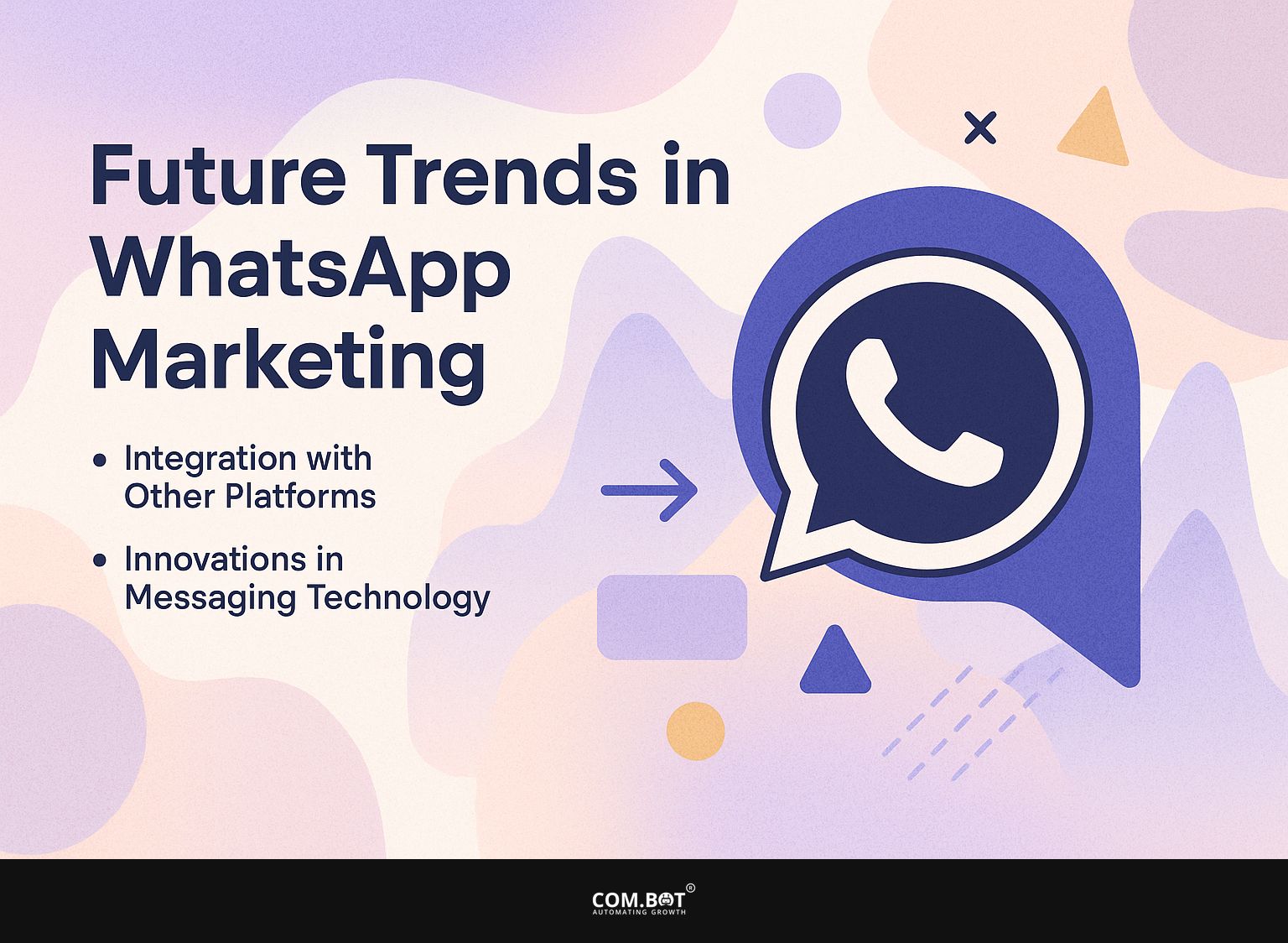
1. Integration with Other Platforms
Connecting WhatsApp with Facebook and Instagram can improve marketing by giving customers a consistent experience.
Brands like Nike and Sephora demonstrate the effectiveness of cross-platform marketing through WhatsApp. Nike uses Instagram stories to interact with users, guiding them to WhatsApp for customized help and special deals.
Similarly, Sephora encourages customers to share their looks on Instagram and provides easy WhatsApp access for follow-up purchases or booking sessions.
By using tools like Zapier, businesses can set up automatic replies and keep customers informed across different platforms smoothly, which saves time and improves interaction.
2. Innovations in Messaging Technology
New messaging technology, like AI chatbots, will change WhatsApp marketing by improving user interaction.cThese AI chatbots analyze customer interactions and provide customized responses, improving customer satisfaction.
For example, tools like ManyChat and Chatfuel allow businesses to build complex workflows that can handle inquiries 24/7.
Integrating natural language processing can help chatbots understand context, enabling them to recommend products or services based on previous conversations. This simplifies customer support and makes shopping more enjoyable, leading to higher sales.
Frequently Asked Questions
1. What are large WhatsApp campaigns?
Large WhatsApp campaigns refer to marketing strategies or initiatives that involve reaching out to a large audience through the use of WhatsApp messaging platform. These campaigns often use different tools within WhatsApp, like broadcast lists, group chats, and WhatsApp Business API, to communicate with many people at once.
2. Can you provide some examples of successful large WhatsApp campaigns?
One notable example is the “Share Your Happiness” campaign by Coca-Cola in Pakistan. They created a WhatsApp number for consumers to share their happy moments which were then displayed on billboards throughout the country. Another example is the “Share The Load” campaign by Ariel India, which used WhatsApp to promote its message about gender equality and sharing household chores.
3. What are the key benefits of using WhatsApp for large campaigns?
WhatsApp provides a way to talk directly with consumers, which helps in increasing brand recognition and maintaining customer loyalty. It also has a high rate of being opened and responded to, making it a great place to market products or services.
4. How can large WhatsApp campaigns impact businesses?
Large WhatsApp campaigns can have a significant impact on businesses, as they can help increase brand visibility, drive sales, and improve customer engagement. They can also give useful information about what customers do and like, which can be used for upcoming marketing plans.
5. Are there any limitations of using WhatsApp for large campaigns?
One issue is that WhatsApp only allows 256 people in a group, which makes it difficult to communicate with a very large audience. Using WhatsApp for marketing must follow the app’s terms of service, so make sure to follow these rules.
6. How can businesses measure the success of their large WhatsApp campaigns?
Businesses can track the success of their large WhatsApp campaigns by monitoring metrics such as the number of messages sent, open and response rates, conversion rates, and customer feedback. They can also compare these metrics to their overall business goals to determine the campaign’s effectiveness.
